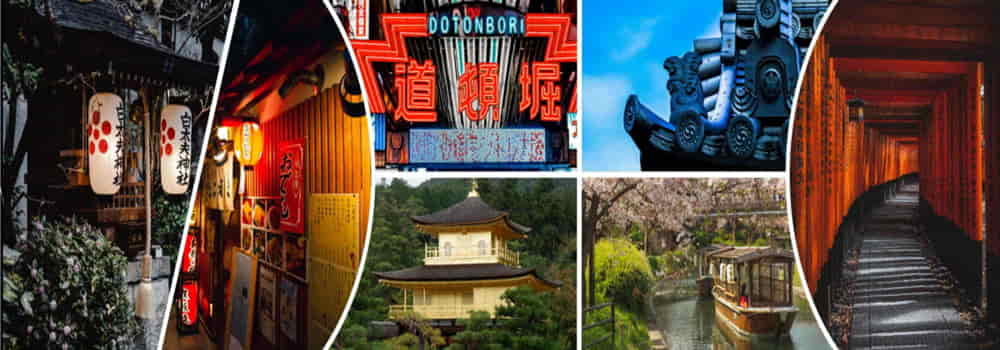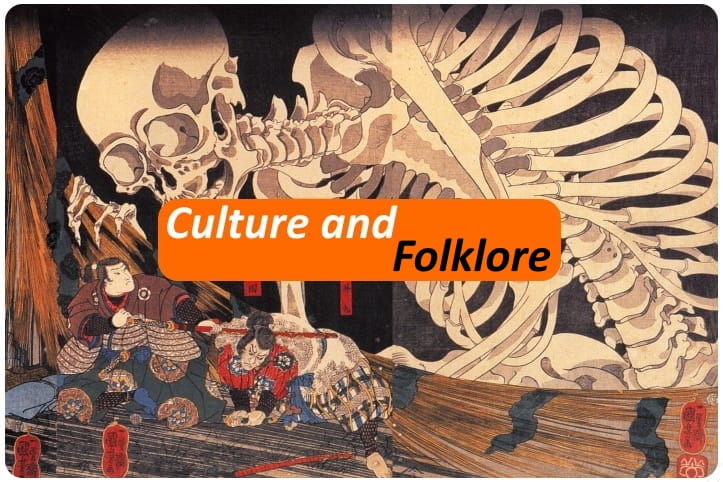The Magatama 勾玉 Ancient Jewels from the Past

Ancient "jewels" already in use in Japan since 1000 BC At first used only as ornaments for their beauty, then became elements related to spirituality and religious rites since ancient times until today and used in everyday life.
Magatama 勾 玉 are "jewels" with a curved shape created from different types of materials (the most common are jade, agate, quartz, talc or jasper). The first artifacts seem to date back towards the end of the Jōmon period and the Kofun period, so we can place them in a period ranging from 1000 BC. and the sixth century AD

Many of you will surely have seen them, because they are also used nowadays, you can often find them in many stores that sell bracelets or crystals, because it is believed that these stones (depending on which one is used) have spiritual particularities that can help the person who wears them.
The first appearance of these stones dates back to a period that could be indicated between 1000 BC. and 300 BC, the first specimens presented shapes that were certainly not refined and precise like the one we know today, in fact they were rather "rough" with not very soft lines due to the processing techniques and materials of the time (such as clay, talc, slate, quartz and other materials).
Over time, this little gem (although there are some very large in size) began to play an important role in the country's spirituality and religion. It's not surprising that the magatama is one of the three sacred imperial treasures (among which we remember the sword Kusanagi, the mirror called Yata no Kagami) called Yasakani no Magatama 八尺 瓊 曲 玉. This gem is linked to one of the main deities of the Shinto religion, the goddess Amaterasu, this changed of use of the jewel over time, at the beginning had a purely ornamental purpose, and perhaps of commercial exchange, to later become a divine artifact that plays a very important role in religious practices with a strong link with the Shinto tradition.

As often happens in Japan, the tradition is transformed and continues through the centuries adapting to the present day. Magatamas are very present in today's Japanese society and go beyond the only religious function they had in the past. Today they are used as ornaments in stone bracelets, as an additional piece of a necklace or even as a strapon to attach to a cell phone.
If you ask the Japanese why they bring this "ancient gem" with them, the answers will not be too surprising. Most will tell you for protection or for good luck (depending on the type of stone used it is said to have beneficial effects in their lives), others will reply (especially the younger ones) that they are a fashion accessory, they are beautiful to look at and they do beautiful figure.

An ancient gem of more than a thousand years has evolved over time reaching us, passing from an ornamental and exchange object, to one for religious use with a divine importance, returning to the present day to be used as an ornament. The past, the present and also the future in Japan chase each other, recurring, albeit in different forms, without ever canceling themselves out.

 English (United Kingdom)
English (United Kingdom)  Italiano (it-IT)
Italiano (it-IT) 






![[Review] Princess Toyotomiプリンセス トヨトミ](https://www.fukainihon.org//cache/mod_jt_contentslider/fdfb524f85518b9476158c79c8ea022f_328.jpg)


